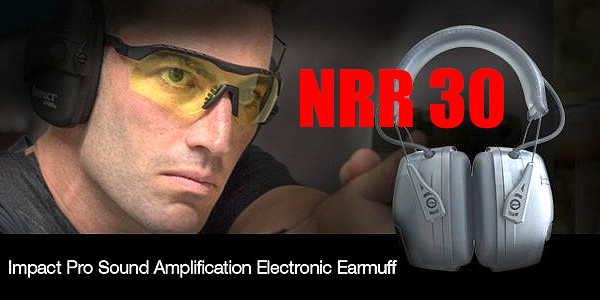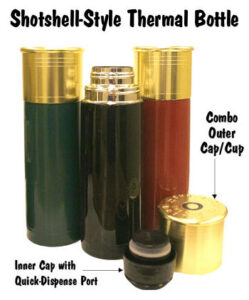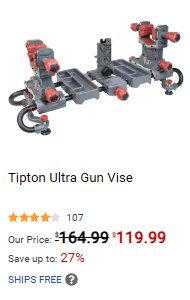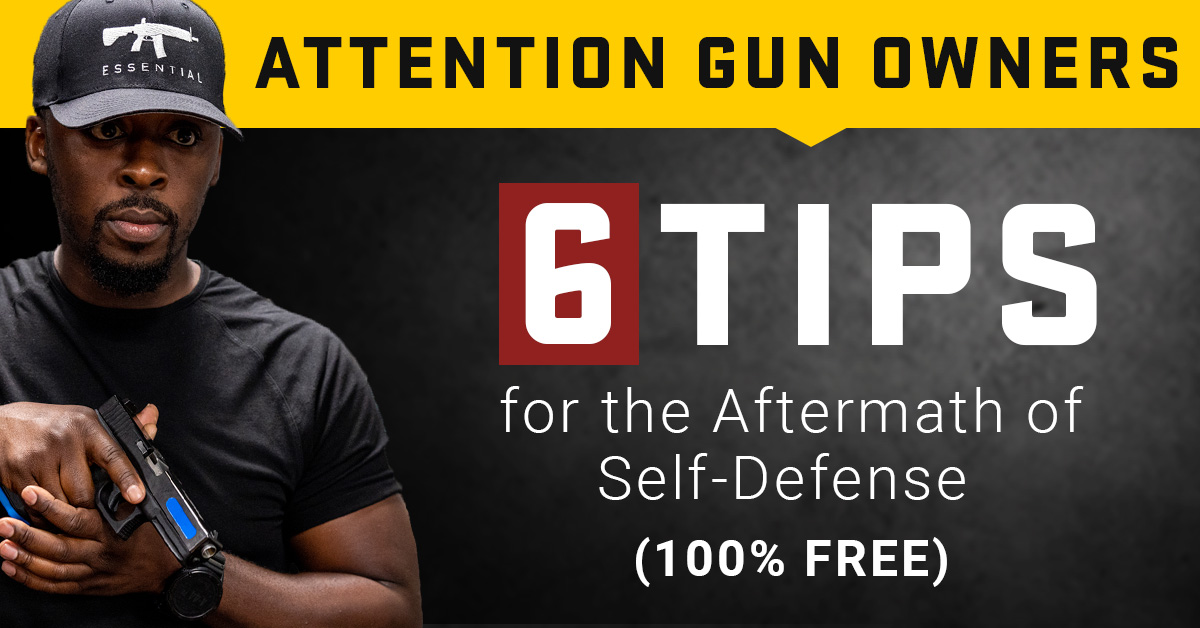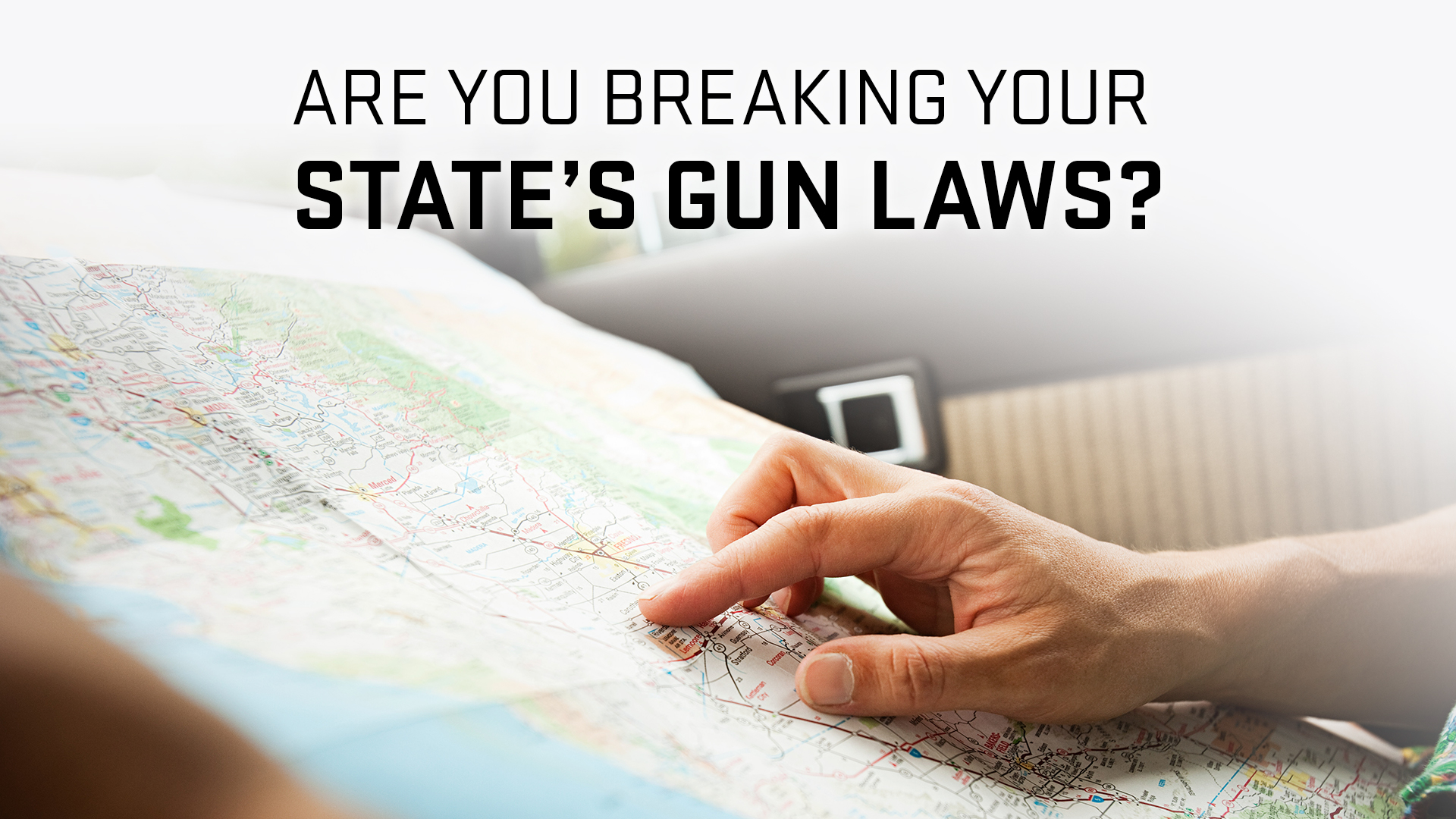October 8, 2021 Five Tips to Training Indoor Ranges — Shoot Better and Safer
Photo courtesy Silver Eagle Group Shooting range, Northern Virginia. Since 2020, over 8 million Americans have purchased their first firearms, primarily handguns. First-time gun owners need to be trained. All CCW permit holders must practice regularly. Many people prefer practicing pistols indoors. Indoor ranges are convenient for those who live in urban areas, where there are the greatest threats to public safety. This article will cover indoor firearms training and the proper procedures to follow at indoor ranges. FIVE IMPORTANT SAFETY PROCEDURES for Indoor Ranges 1. The Three Fundamental Rules for Safe Gun Handling
Always keep the gun pointed in a safe direction. Until you are ready to fire, keep your finger away from the trigger. Until you are ready to use the gun, keep it unloaded. 2. Follow ALL Range Officer Instructions
ROs are the first and last authority on any range, and their decisions are generally final. Arguments with Range Officers could lead to you being fired. 3. Do not bother others or touch their guns
If there is a safety concern, respect other shooters’ privacy. If you are unable to resolve a safety issue, do not engage other shooters. Instead, inform the RO. Never touch or handle another shooter’s firearm without their permission. 4. Know your Range’s Rules
Review and understand any and all range rules and requirements/expectations. What is the maximum rate of fire for this range? Is it allowed to collect brass? 5. Know what to do during a cease fire
Set down your firearm immediately, point it downrange, and then STOP OFF the shooting booth (or bench). Range officers don’t want shooters trying “secure/unload” firearms in a cease-fire situation. They want the shooters to be separated from their guns immediately. Double-up on Hearing Protection Indoors. We recommend quality muffs with earplugs underneath. This doubles your protection. You need to have effective hearing protection when shooting at an enclosed range with other shooters right next to you. You also need to be able hear range commands and communicate. We recommend using electronic muffs that have quality plugs underneath. We recommend the NRR33 Howard Leight Max-1 plugs. These tapered plugs are easy to insert and comfortable. They also have a flared edge for better sound sealing. You can also use high-quality muffs to complement the plugs. Howard Leight Impact Pro Muffs are recommended for indoor areas where noise levels can be very high. These muffs have a 30 dB Noise Reduction Rate (NRR). You can increase the noise reduction by running plugs. These muffs are very comfortable and have Headphone Functionality, so you can connect to your phone, MP3 player, or any other audio device. These muffs are a great value and an Amazon’s Choice for $57.47. Although four decibels may sound small, the decibel system is logarithmic. Four decibels is very significant. With Ph.D. sound engineers, we discussed the merits and disadvantages of “doubling up” your hearing protection. We were told by them that a combination muffs/plugs could reduce noise levels by as much as five decibels, compared to just plugs. Good muffs can block bone conduction sound energy more effectively than plugs. Similar Posts: Tags : Earplugs Electronic Muffs Howard Leight Indoor Ranges NRR Rating Pistol Safety Pistol Training Range Training
